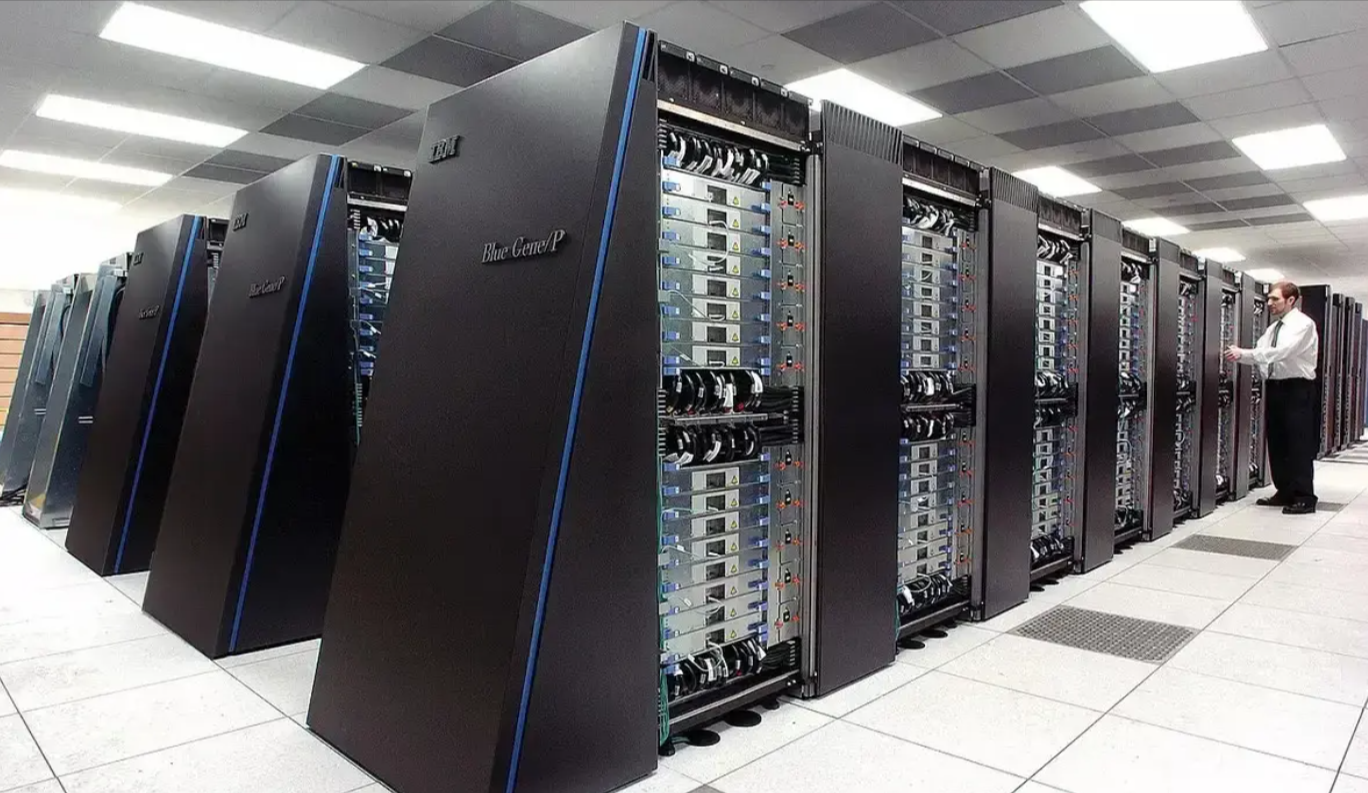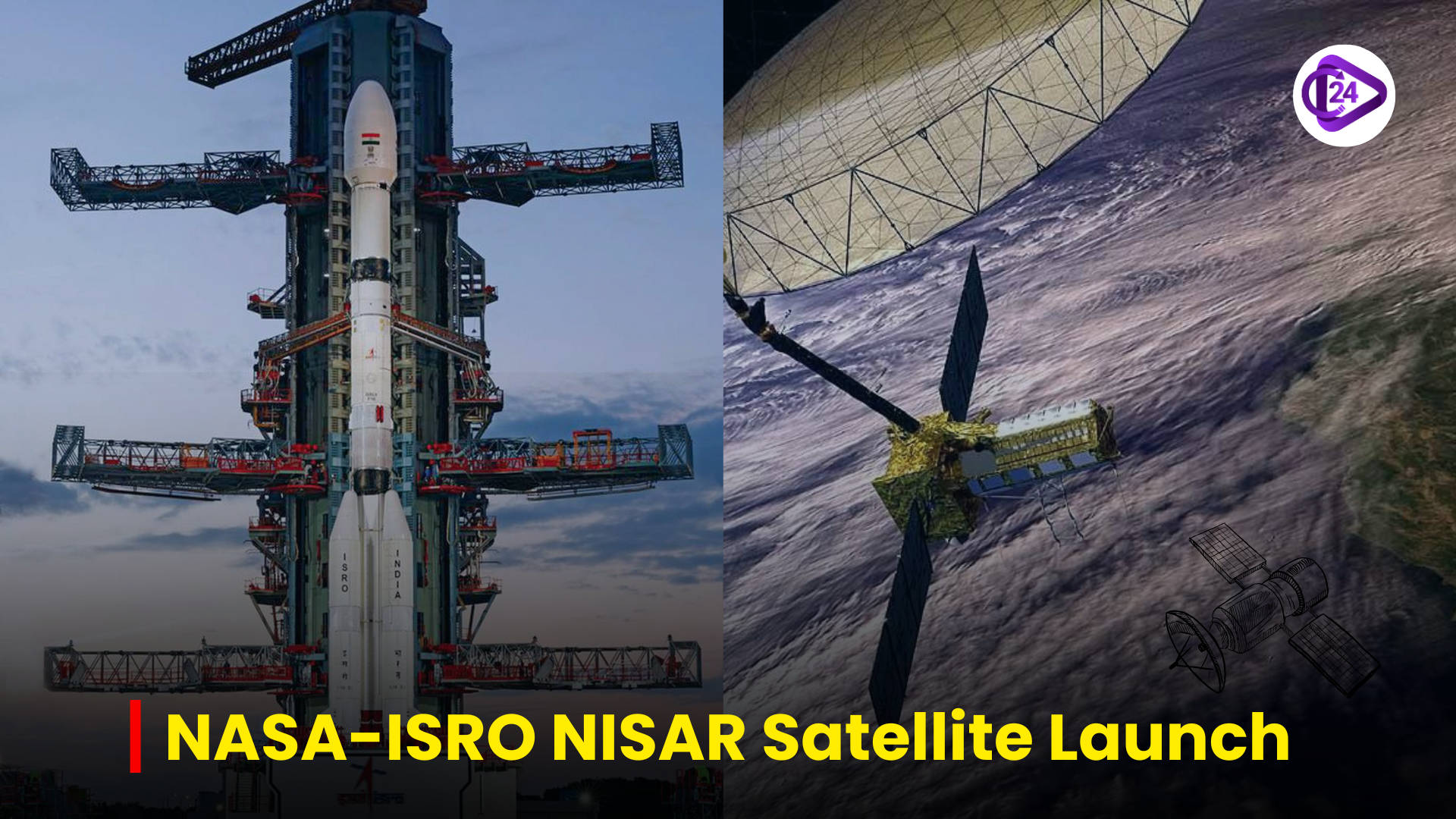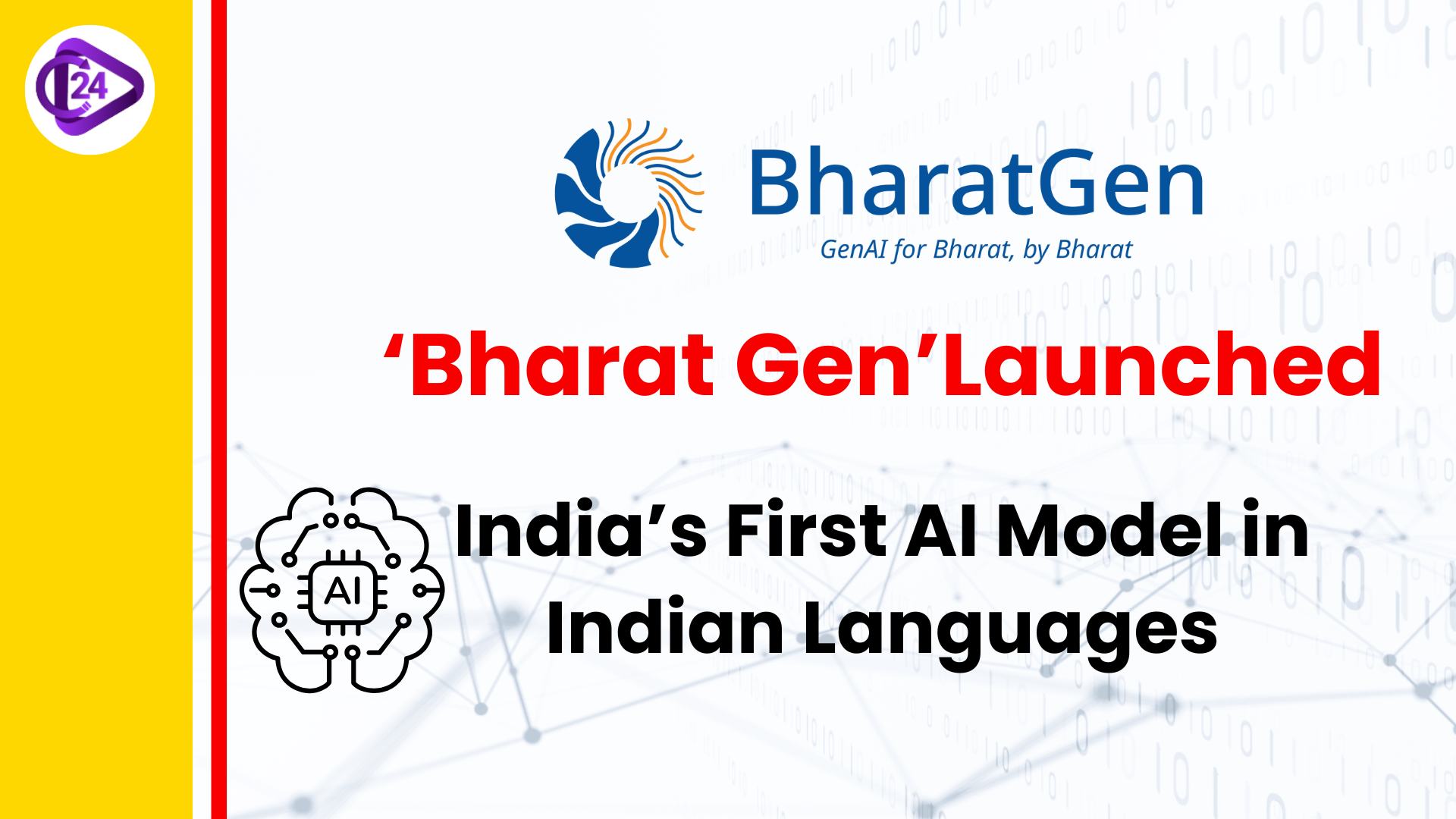
Through the National Supercomputing Mission (NSM) the Indian government pursues its core goal to develop domestic capabilities regarding high-performance computing (HPC). NSM moves toward autonomous supercomputing development through domestic production of essential components under the support of the India Semiconductor Mission (ISM). India's research sectors depend on this initiative as it builds national strength in supercomputing at the global level.
Context:
-
The National Supercomputing Mission (NSM) started in 2015 and aims to improve India’s technical strength in high-performance computing (HPC).
-
The mission achieves its goals through placing supercomputers in research facilities, which helps advance India's scientific progress and research capabilities and innovation capabilities.
Key Points:
-
The NSM mission started its operation in 2015 by developing high-speed computing facilities at academic centers and research facilities in India.
-
The NSM program has achieved multiple supercomputer installation successes by installing 34 systems, which total 35 Petaflops in capacity and serve more than 10,000 Indian researchers throughout India.
-
PARAM Rudra, together with other supercomputers, establishes critical facilities across Indian territories that advance drug research and disaster response initiatives and environmental prediction methods, and various other scientific objectives.
-
The Indian mission depends heavily on the Trinetra high-speed communication platform alongside the locally developed and produced Indian-server Rudra to achieve success.
-
Through AIRAWAT, India gained top positions in global AI supercomputing categories and achieved the 75th spot in the Top 500 Global Supercomputing List.
-
Through the India Semiconductor Mission, India will gain better independence in importing semiconductor components because it enables manufacturing supercomputers that operate faster and adapt precisely to country-specific needs.
-
Future development of the supercomputing infrastructure remains focused on getting 20 Petaflop systems reinforced by Rs. 1,874 crore investment under the NSM program.
Conclusion:
Through its transformative National Supercomputing Mission (NSM) India advances its research potential and technological capabilities at a significant level. Through supercomputing infrastructure development within India as well as Artificial Intelligence integration combined with Indian Supercomputing Mission assistance the country will achieve global leadership in high-performance computing. The NSM’s accomplishments will bring sustained growth to innovation and industry support as well as improved global problem-solving capacities for India.



 Asia’s Longest Freight Train ‘Rudrastra’ – Indian Railways Milestone
Asia’s Longest Freight Train ‘Rudrastra’ – Indian Railways Milestone Shaheed Udham Singh Remembered on Martyrdom Day 2025
Shaheed Udham Singh Remembered on Martyrdom Day 2025 NISAR Satellite: NASA-ISRO Joint Earth Mission Launch
NISAR Satellite: NASA-ISRO Joint Earth Mission Launch Bharat Gen: India’s First AI LLM in Indian Languages
Bharat Gen: India’s First AI LLM in Indian Languages Shri Shivraj Singh Chouhan Launches ‘Viksit Krishi Sankalp Abhiyan’ to Transform Indian Agriculture
Shri Shivraj Singh Chouhan Launches ‘Viksit Krishi Sankalp Abhiyan’ to Transform Indian Agriculture Launch of ‘Know Your DIGIPIN’ & ‘Know Your PIN Code’: Boosting India’s Digital Addressing
Launch of ‘Know Your DIGIPIN’ & ‘Know Your PIN Code’: Boosting India’s Digital Addressing India’s Trade Deficit Widens to $8.65 Billion in April Amid Surge in Merchandise Imports
India’s Trade Deficit Widens to $8.65 Billion in April Amid Surge in Merchandise Imports Ayurveda Day to be celebrated on 23rd September every year
Ayurveda Day to be celebrated on 23rd September every year India participates in IMDEX Asia 2025, a maritime defense exhibition in Singapore
India participates in IMDEX Asia 2025, a maritime defense exhibition in Singapore Prime Minister Narendra Modi honored Jagadguru Basaveshwara on Basava Jayanti
Prime Minister Narendra Modi honored Jagadguru Basaveshwara on Basava Jayanti






